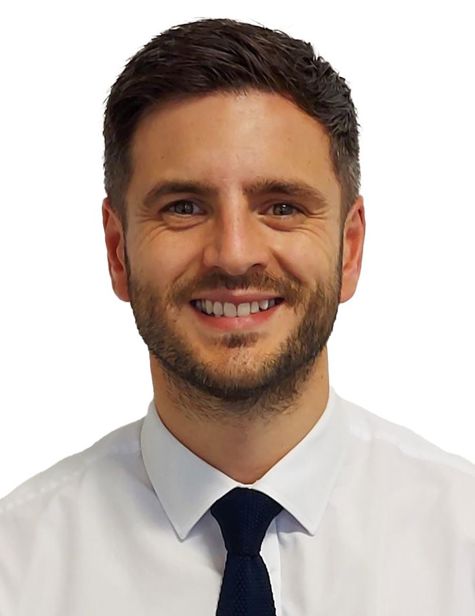Building the future of clinical education: Why collaboration is our strongest tool
- Home
- Media
- Newsroom
- Perspectives
- Building the future of clinical education: Why collaboration is our strongest tool

by Paul Marsh
regional health sector lead, Kier
Clinical education is at a crossroads. The pressures on our healthcare system are growing, and the way we train the next generation of clinicians must evolve to meet that challenge. At Kier, we’re not just building facilities—we’re helping shape and create the environments where future healthcare professionals will learn, grow, and ultimately care for our communities.
I recently had the privilege of hosting a roundtable with leaders from across healthcare, academia and construction. Our goal was simple but ambitious: to explore how we can design and deliver clinical education spaces that are adaptable, inclusive and ready for the future.
What emerged was a powerful consensus: the future of clinical education depends on deep, genuine collaboration.
Partnership working
It’s not uncommon for contractors and specialist supply chain to join projects later in the design development process, after key decisions have already been made - limiting the value added opportunities. When involved earlier, as demonstrated on University of Salford’s new Health and Wellbeing Clinic Building, we can play a more proactive role in shaping the vision, anticipating challenges, and providing real-time cost and programme data that de-risks delivery. This isn’t just about bricks and mortar. It’s about aligning design with purpose and ensuring that every square metre of space works harder for students, staff, and the wider community.
We can shape solutions that are both innovative and practical, ensuring that every element of the scheme is aligned with clinical and operational needs from the outset. This integrated approach means we’re not just responding to briefs—we’re co-authoring them, embedding flexibility, digital readiness, and community pride into the DNA of each project.
Designing for flexibility
One of the most striking themes from our roundtable was the need for spaces that pivot. Today’s clinical education facilities must be able to support physiotherapy on a Monday, mother and child health sessions on a Tuesday, and something entirely different by Wednesday. That level of adaptability isn’t a luxury—it’s a necessity.
We’re seeing this in action at universities in Huddersfield and Salford, where we’re delivering buildings that blend education, treatment and community use. These are not traditional teaching spaces, they are real-life learning environments, designed to evolve alongside the healthcare landscape.
Technology as a partner, not a replacement
Digital tools—from VR to AI diagnostics—are transforming how we teach and learn. But they must be integrated thoughtfully. Technology should enhance hands-on experience, not replace it. That’s why we advocate for digital infrastructure to be embedded from day one, not bolted on later.
Just as importantly, we must ensure that technology is aligned with the real-world needs of both educators and clinicians. It’s not enough to install the latest tools – we need to understand how they support learning outcomes, streamline clinical workflows and improve patient care.
At Kier, we work closely with our partners to ensure that digital solutions are not only cutting-edge but also intuitive, accessible and embedded into the fabric of the space.
The Power of partnership
Ultimately, the most important takeaway from our roundtable was this: no single organisation can solve these challenges alone. Success depends on partnership—between universities, NHS trusts, designers and contractors. When we pool our expertise, we don’t just build better buildings. We build better futures.
At Kier, we’re proud to be part of that journey. We’re not just constructing facilities—we’re co-creating the future of healthcare education. And we’re doing it by listening, learning and leading with purpose.

